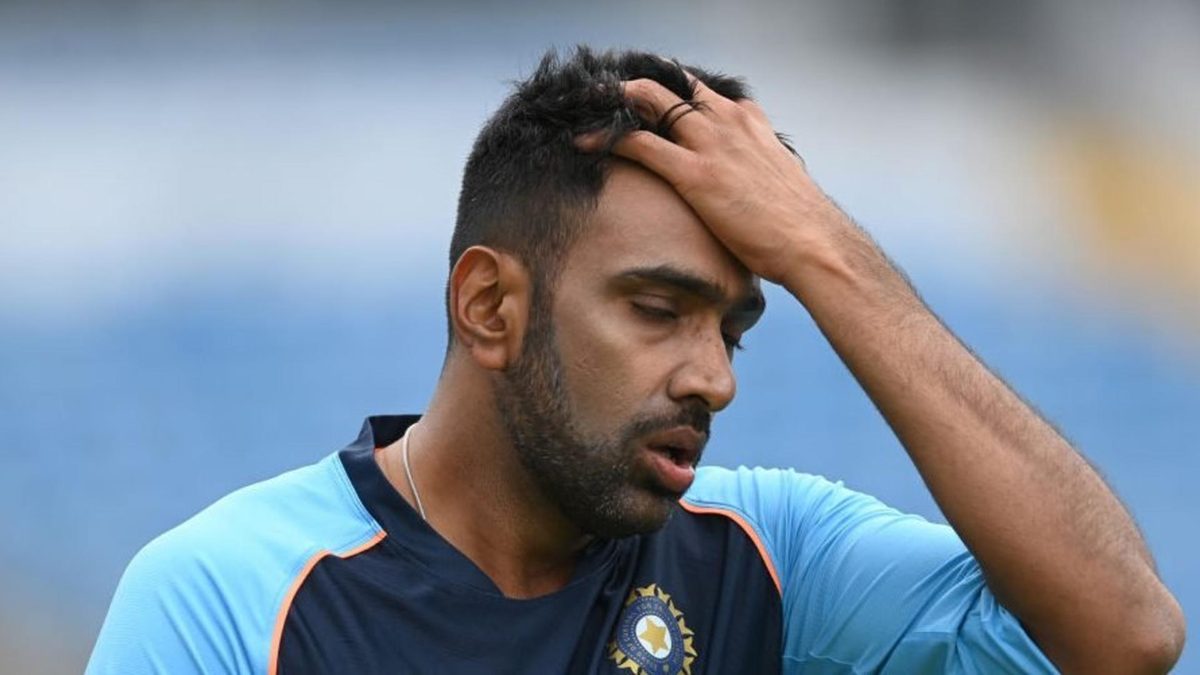
The discussions that panned out after India’s abject surrender at Headingley were not unexpected: pinpoint the woes, make changes to the team balance and strengthen the XI. Sarah Waris writes on why Virat Kohli’s go-to ‘template’ needs a slight change now as the two sides travel to The Oval for the next game.
The toss ahead of the third Test match was memorable for more than one reason. It was not only the first time that India under Kohli managed to get the flip of the coin in their favour in England, but it was also the fourth time in 64 games that the skipper had announced an unchanged XI. The decision, in hindsight, might not have been the wisest, though there’s reason to believe India’s 78 all-out had more to do with their dismal batting on a flat track on day one.
It is the combination, though, that continues to make headlines four days after the start of the game. As India benched Ravichandran Ashwin yet again and went in with the four quicks who had won them the game at Lord’s, it was impossible to not be drawn into the debate: should India have stuck to their winning side or tinkered the unit nonetheless on a ‘brown wicket’ to accommodate one of the best off-spinners in the game currently? Should Kohli have been flexible in making changes to his ‘template’ of four quicks and one spinner on a track he admitted would have aided Ravindra Jadeja, or was he right in going ahead with the combination he deemed best?
The questions do not have a direct answer not because there is no one right answer, but because the management seems to have changed their entire thought process in the span of a few weeks. Hinging on the decisions of the support staff, who have made a U-turn from the World Test Championship final, the balance of India’s bowling unit currently is in contrast to the one that had taken the field against New Zealand in June.
The Ashwin debate: From being a must-have to not suiting the template
We recap the incidents in short. You remember how India had named their XI a day before the WTC final, which also had Ashwin. You would also remember how the side had refused to make any changes despite rain washing away the entire first day’s play. You might vaguely know about Ravi Shastri defending the decision to play with two spinners on the surface that time by claiming, “our XI (with Ashwin) removes the pitch from the equation. It is our best team.”
The Tamil Nadu player had picked up a match-haul of four wickets under adverse conditions then before getting seven wickets for Surrey, including a six-for in a county match. The game against Somerset was to prepare him for the upcoming series against England, where Ashwin was expected to have a huge role to play. He had, after all, been backed heavily by Shastri, and there had been little to show that Ashwin’s role in the series would be limited to just being a commentator describing the incidents between James Anderson and Jasprit Bumrah.
We first heard of why Ashwin had not been considered during the toss at Lord’s, where Kohli stated, “Having seen the pitch, four quicks makes the most sense for us as a team.” Read again what Shastri had commented on playing Ashwin against the Kiwis.
Ahead of the third game, the skipper claimed Jadeja would bowl more on a wicket he felt would get slower as the match progressed. There was no sign of Ashwin again as India decided to stick to their new template that had first been heard of after the first game. ”Most likely this will be our template in this series, but adaptability has been our strength. The conditions and the pace on the wicket need to be seen, but this team will be our template,” Kohli had stated after the draw at Nottingham.
After the meek capitulation at Headingley, Kohli seemed fixated on his combination despite Mike Atherton stating that the venue for the next game, The Oval, might have plenty for the slower bowlers. “If we lose the toss and bowl, the fourth seamer gives us an attacking option. Having three seamers means that the spinners come in early on day one.” No hint of possibly playing a cricketer with 413 wickets in his kitty on a ground that might have spin on offer.
The Oval, however, remains the best chance for Ashwin to feature in the XI, and for Kohli to finally ditch his new-adopted policy. Ravindra Jadeja, despite his batting prowess, has not been threatening with the ball — he averages 93.00 with the ball in the series — for most parts and on a pitch where there will be assistance, having another specialist spinner should be the way forward. Ishant Sharna looked off-colour at Headingley and does not seem to have recovered from his niggle that kept him out of the first Test. If the lanky pacer does make way, instead of Shardul Thakur re-entering the XI, Ashwin should be backed: if he was good enough at Southampton with rain around, there is no reason to believe that he is not up to the mark in friendlier conditions.
He can also deepen India’s batting, which has been their nemesis of late. With Kohli adamant in stating that they might not play four bowlers and an additional batsman in the next game, the onus is on strengthening the XI with bowlers who can bat, and though Mohammed Shami and Jasprit Bumrah won India the game with the bat at Lord’s, it is safe to say that it remains an aberration. The time is ripe for Ashwin but whether Kohli keeps sticking to his template or the management remembers the reasons they had backed Ashwin in the WTC final remains to be seen.








